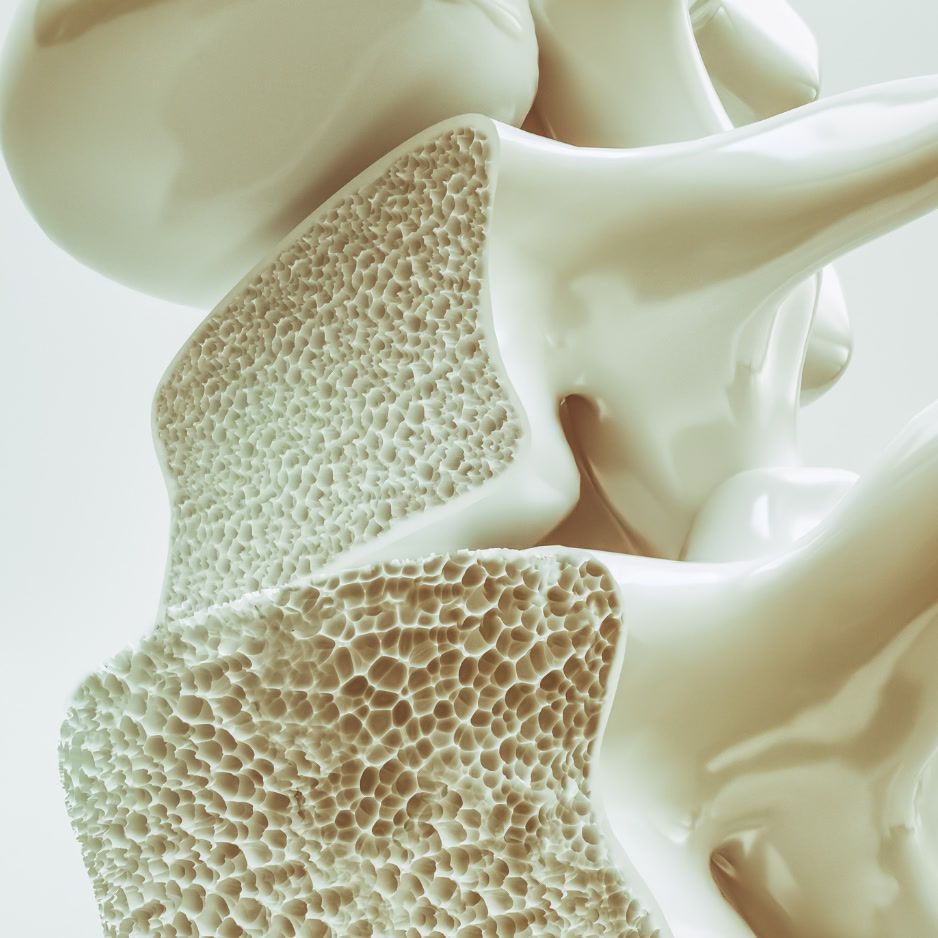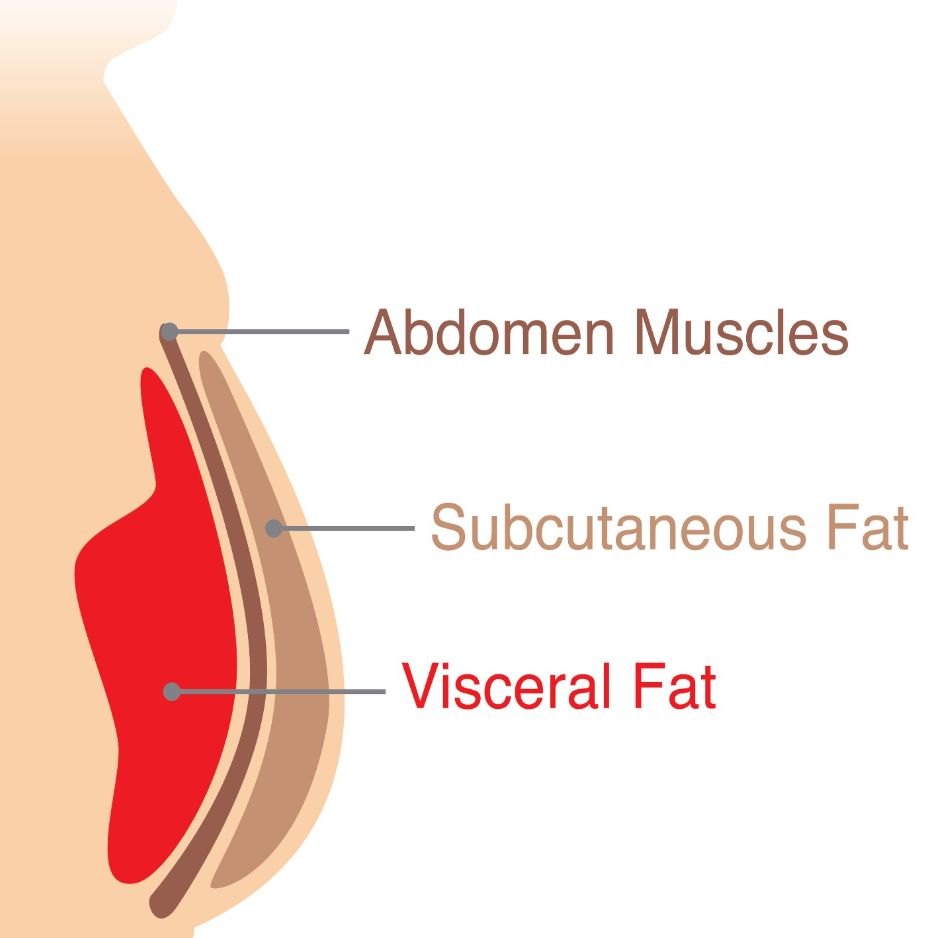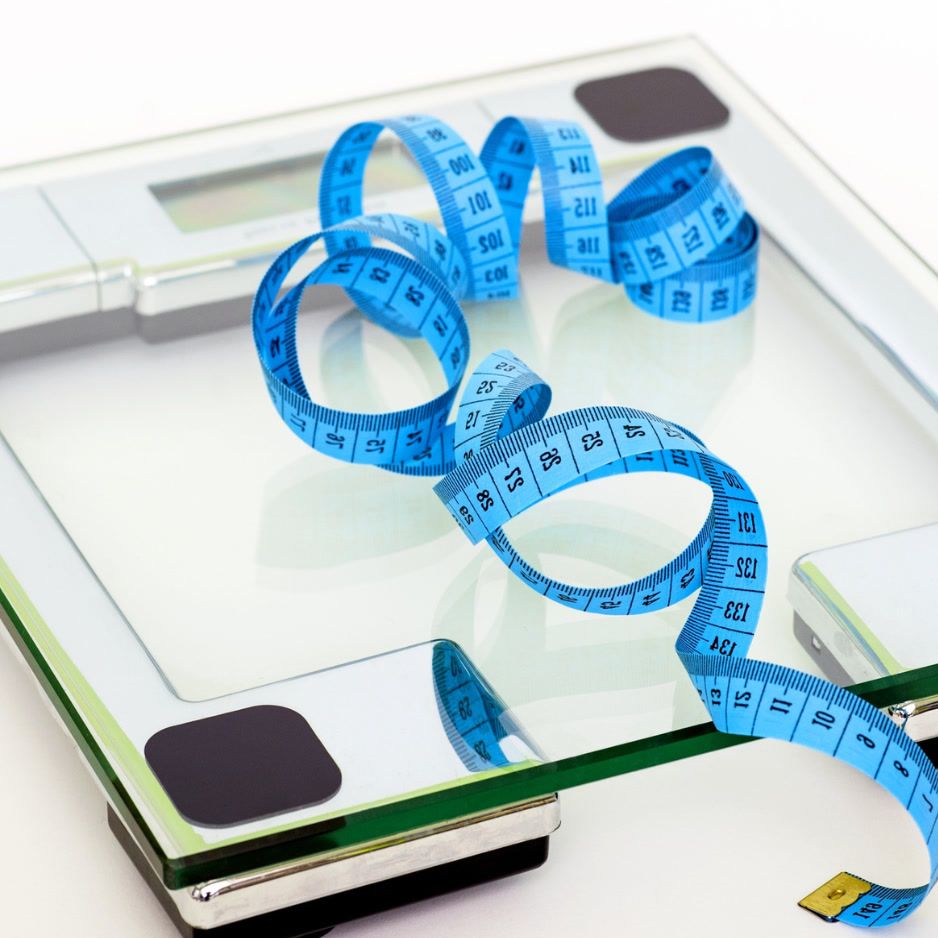Stationary Bike Workouts for Weight Loss and Endurance
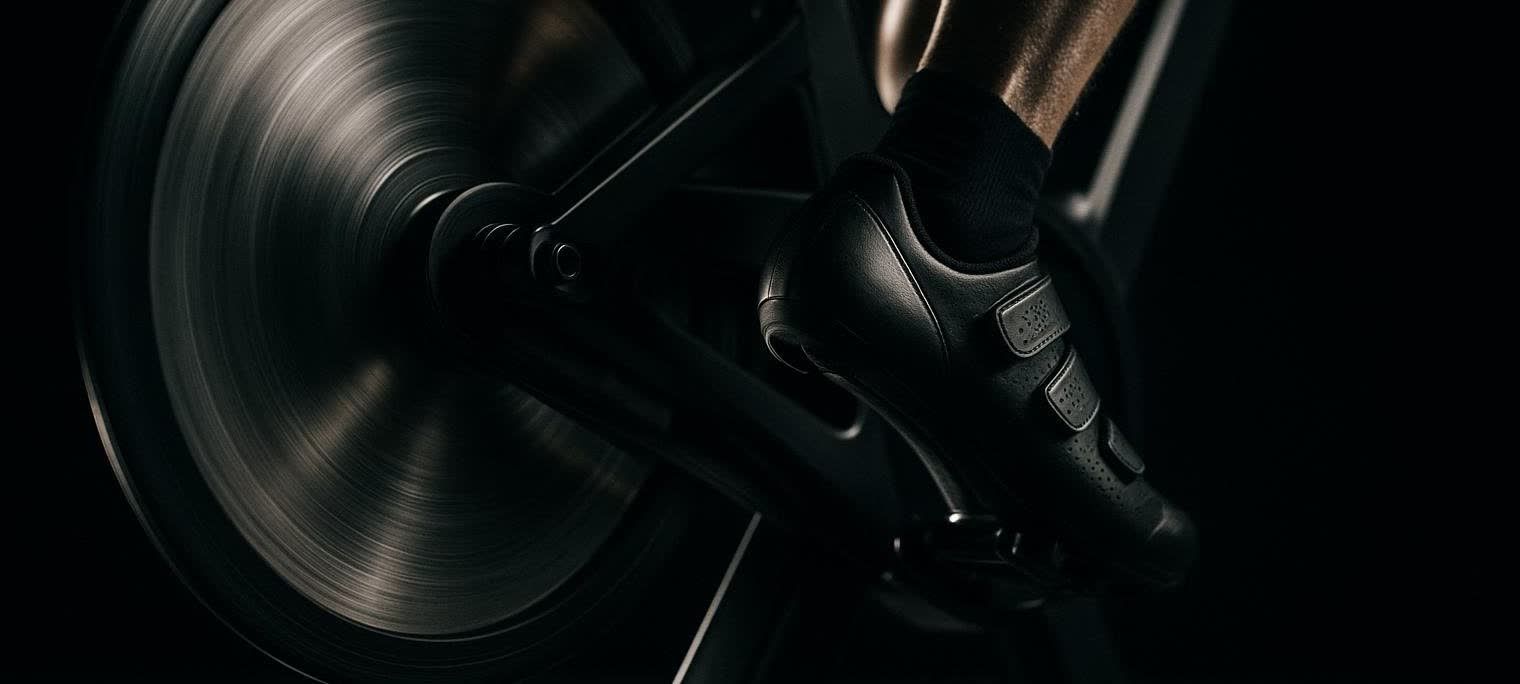
Stationary Bike Workouts for Weight Loss & Endurance
If you want efficient cardio that’s easy on your joints and proven to boost fitness, the stationary bike is tough to beat. This guide provides warm-ups, goal-based sessions, and multi-week progressions. Regular cycling improves cardiovascular fitness, strengthens muscles, enhances mobility, and can reduce body fat, according to the Harvard T.H. Chan School of Public Health – The Nutrition Source. It’s also a low-impact option that many people with knee or hip issues tolerate well, according to guidance from Hospital for Special Surgery.
How to Measure Intensity (pick one)
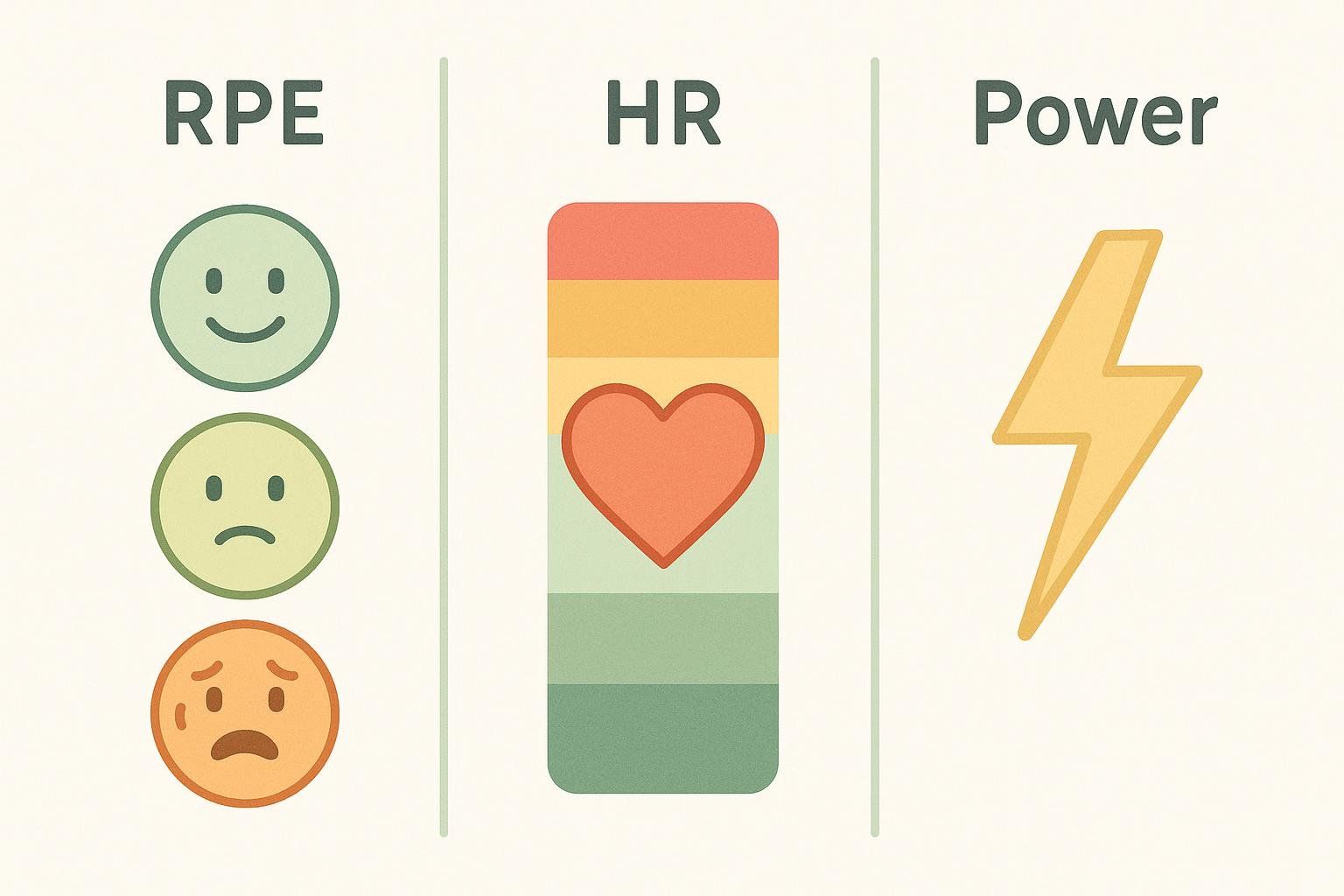
-
RPE (Rate of Perceived Exertion)
- Use our guide to the RPE scale to match “how it feels” to training zones
- Rule of thumb: RPE 4–5 = easy/base; 6–7 = tempo; 8–9 = intervals
-
Heart rate zones
- Moderate ≈ 65–75% max HR; vigorous ≈ 76–85%+ max HR
- Quick math: Target HR ≈ (220 – age) × desired %HRmax
- For formulas and the heart rate reserve method, see Mayo Clinic’s guide
-
Power/FTP (if your bike shows watts)
- FTP ≈ hardest power you can sustain for about 1 hour; closely related to lactate threshold
- Set power zones by %FTP to personalize training
Tip: No gadgets? Combine the talk test (full sentences = moderate) with RPE.
Warm-up (5–8 minutes)
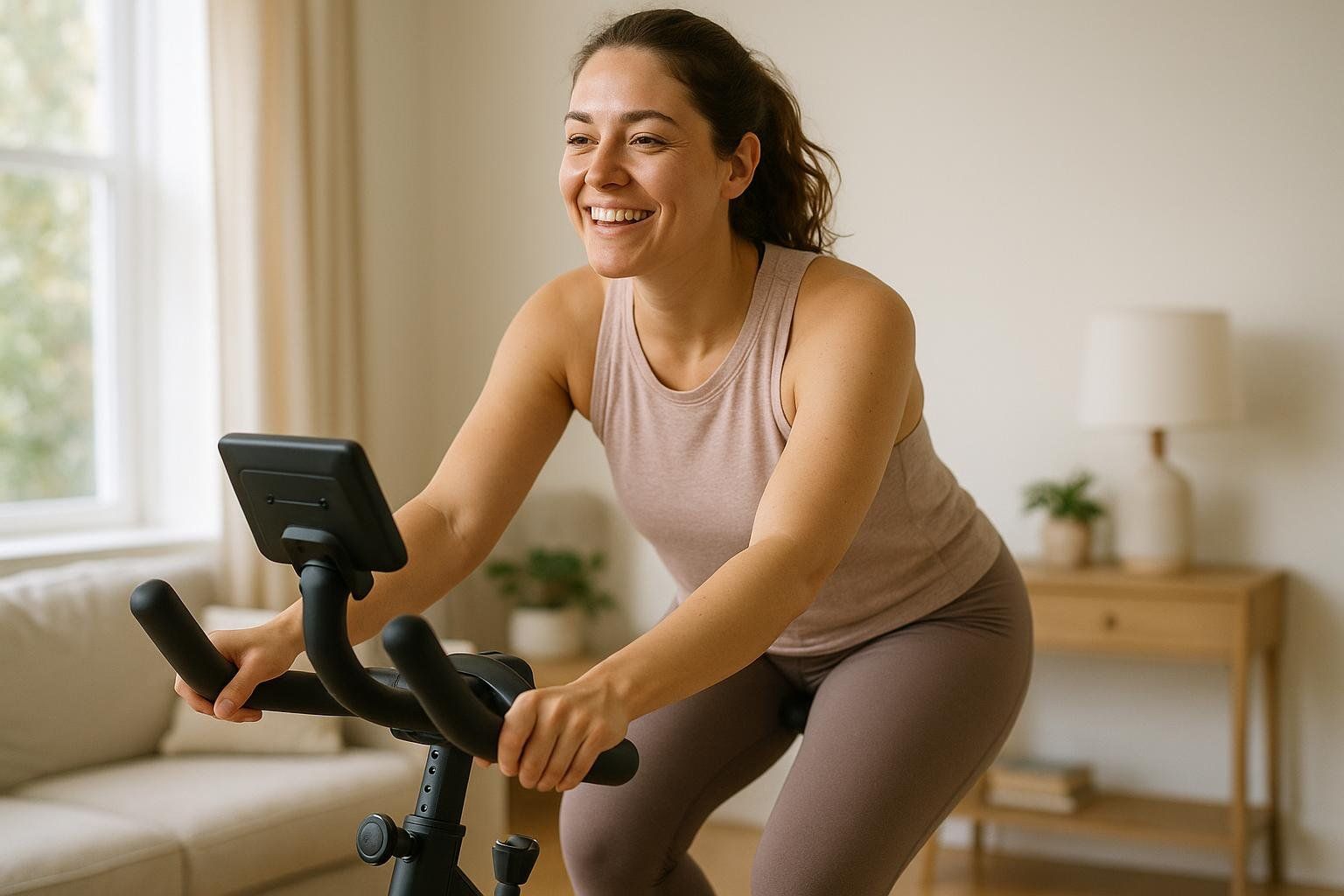
- 2–3 min very easy pedaling (RPE 2–3)
- 2–3 × 30-sec smooth cadence pick-ups (RPE 5–6) with 60 sec easy between
- 1–2 min at your target “work” pace
Why warm up? It elevates heart rate and prepares your joints for movement by increasing synovial fluid circulation—key for comfortable pedaling if you’re managing stiffness or osteoarthritis.
Choose your track
- Beginner (20–30 min): build consistency and confidence
- Intermediate (30–40 min): mix steady work with intervals
- Advanced (40–60 min): longer intervals to grow VO₂max
- Joint-friendly (20–35 min): low-impact emphasis with modifications
Aim for 2–4 bike sessions per week and at least one rest day between hard days. Public health guidance recommends 150–300 min/week of moderate or 75–150 min/week of vigorous aerobic activity (Mayo Clinic’s guide).
Beginner track (20–30 minutes)
Great if you’re new, returning from a break, or prefer gentler intensity. Stay mostly in Zones 1–2 (RPE 3–5; can talk easily).
Workout A (20 minutes)
- Warm-up: 5 min easy
- Main set: 10 min steady (RPE 4–5 or ~65–70% max HR)
- Cool-down: 5 min easy
Workout B (25 minutes – intro intervals)
- Warm-up: 5 min easy
- Main set: 6 × 1 min “moderate” (RPE 6) / 1 min easy
- Cool-down: 5 min easy
4-week progression (beginner)
- Week 1: 2 sessions — Workout A ×2
- Week 2: 3 sessions — A, B, A
- Week 3: 3 sessions — B, A, B
- Week 4: 3 sessions — B, A, B; add +2 min to Workout A’s main set (steady portion)
Intermediate track (30–40 minutes)
Blend base building with time-efficient intervals. Use RPE 6–7 (can speak short phrases) or ~70–85% max HR for hard efforts.
Tempo + Sprints (30 minutes)
- Warm-up: 6 min easy with 2 × 20-sec pick-ups
- Main set: 3 × [5 min tempo (RPE 6) + 1 min easy]
- Finisher: 4 × 15-sec fast cadence (RPE 8–9) / 45 sec easy
- Cool-down: 4 min easy
Pyramid Intervals (36 minutes)
- Warm-up: 6 min easy
- Main set: 1–2–3–2–1 minutes “hard” (RPE 7–8) with equal easy spins between; repeat sequence twice
- Cool-down: 5 min easy
4-week progression (intermediate, 3 sessions/week)
- Weeks 1–2: Tempo + Sprints; Easy 20–30 min spin; Pyramid
- Week 3: Tempo + Sprints (add +1 min to each tempo block); Easy 20–30 min spin; Pyramid
- Week 4: Tempo + Sprints (use Week 1–2 volume); Easy 20–30 min spin; Pyramid (increase each “hard” segment by +15 sec)
For more ways to balance steady work and intervals, see our steady-state primer and HIIT hub.
Advanced track (40–60 minutes)
Longer intervals (3–5 minutes) at vigorous intensity are efficient for VO₂max gains, as shown in a meta-analysis of interval training. Use RPE 7–8 or ~80–90% max HR for work intervals.
4×4 VO₂ Builder (45 minutes)
- Warm-up: 10 min easy with 3 × 30-sec pick-ups
- Main set: 4 × 4 min hard (RPE 7–8) / 3 min easy
- Power note (if you know FTP): target ~90–105% of FTP for each 4-min interval
- Cool-down: 8 min easy
3–5–5–3 Threshold Ladder (50–55 minutes)
- Warm-up: 12 min easy
- Main set: 3 min hard / 2 min easy → 5 min hard / 3 min easy → 5 min hard / 3 min easy → 3 min hard / 2 min easy
- Power note (if you know FTP): sit around ~90–100% of FTP on the 3-min reps and ~95–102% on the 5-min reps
- Cool-down: 8–10 min easy
4-week progression (advanced, 4 sessions/week)
- Weeks 1–2: 4×4 VO₂ Builder; Easy 30–45 min spin; Threshold Ladder; 60–75 min steady Zone 2
- Week 3: 5×4 VO₂ Builder (add one interval); Easy 30–45 min spin; Threshold Ladder (extend each “hard” by +30 sec); 70–90 min steady Zone 2
- Week 4: 3×4 VO₂ Builder (reduce volume for recovery, known as a deload week); Easy 20–30 min spin; Threshold Ladder (return to Week 2 volume); 60–75 min steady Zone 2
Joint-friendly track (20–35 minutes)
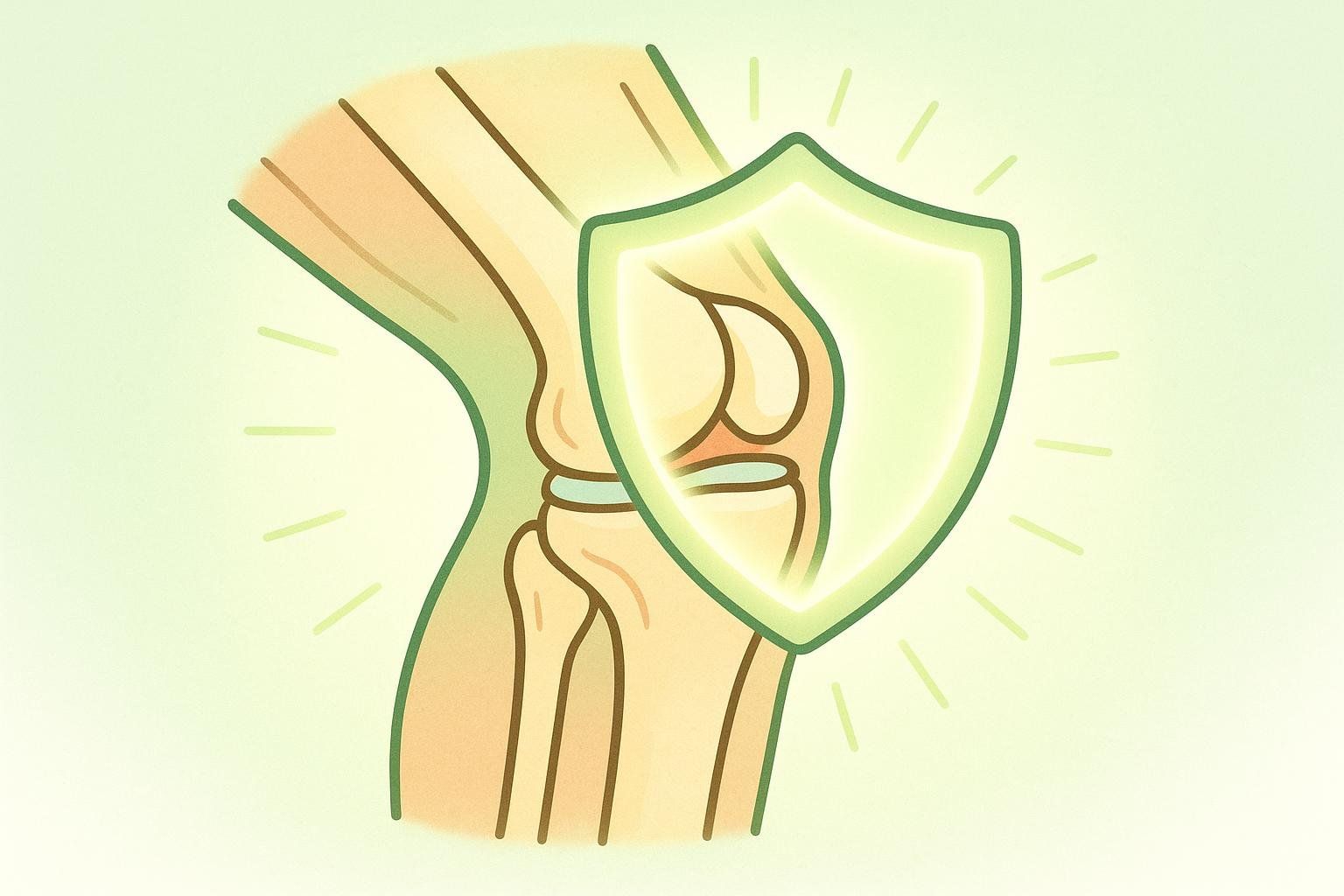
Designed for comfort-first, low-impact cycling. Keep cadence smooth, seat height slightly higher to reduce knee bend, and stay strictly pain-free. Stationary cycling can reduce knee osteoarthritis pain and improve sport function, according to a 2020 systematic review and meta-analysis, and expert guidance highlights its joint-friendly nature (HSS).
Easy Intervals (25 minutes)
- Warm-up: 6 min very easy
- Main set: 8 × 1 min “light-moderate” (RPE 4–5) / 1 min very easy
- Cool-down: 5 min very easy
Gentle Steady Ride (30–35 minutes)
- Warm-up: 8 min very easy
- Main set: 15–20 min steady (RPE 4–5; can converse easily)
- Cool-down: 5–7 min very easy
Modifications
- Prefer upright or recumbent bike as comfortable
- Stop if pain increases during or after; consult your clinician if pain persists
Cool-down & recovery (3–8 minutes)
Continue pedaling at a very low intensity and focus on deep breathing. A 2018 narrative review found active cool-downs don’t meaningfully reduce next-day soreness, though they can help you gradually return to baseline and may aid relaxation. Follow with gentle mobility if it feels good.
Calories, METs, and weight loss
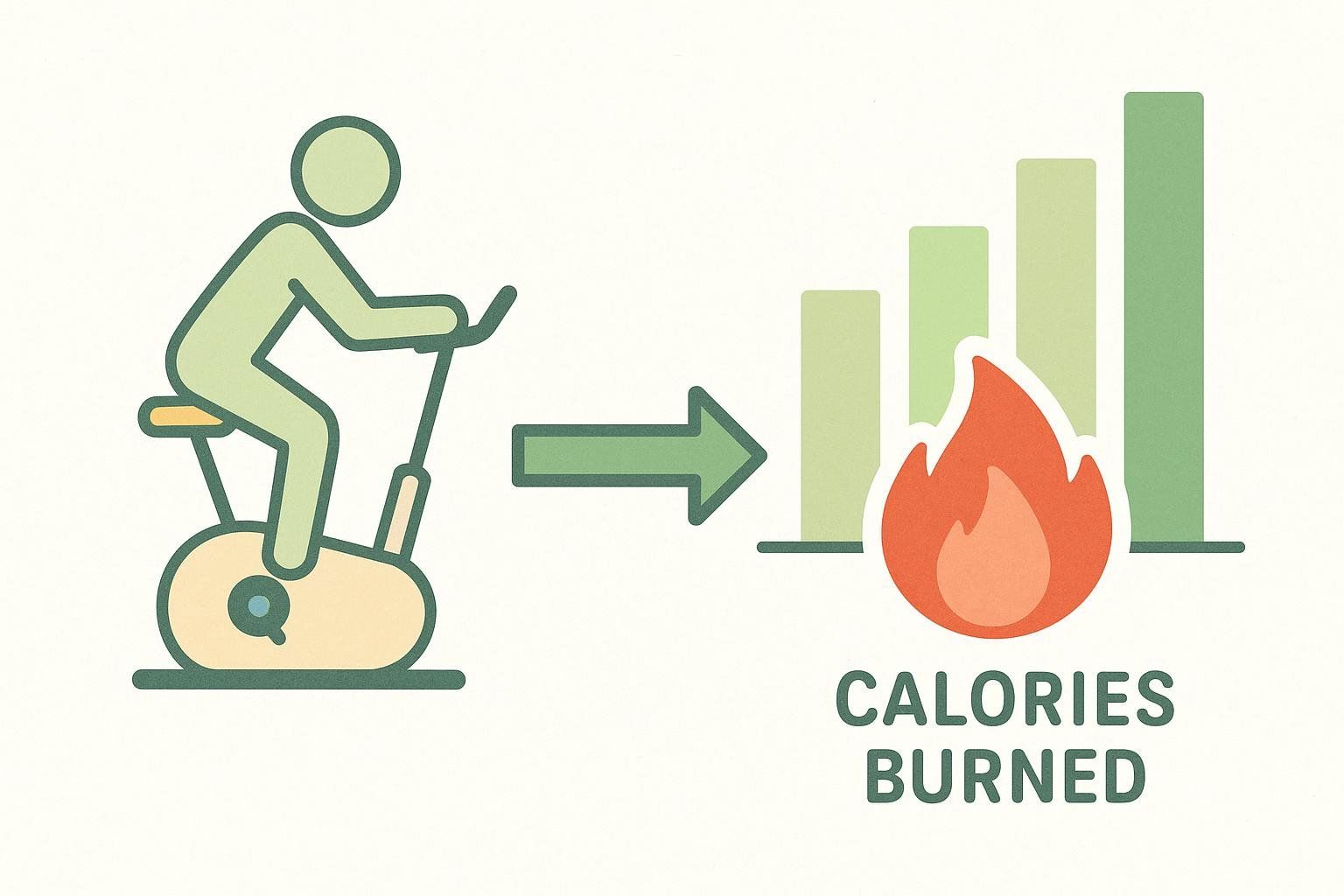
Want to translate effort into energy burn? Use our guide to stationary bike calories to estimate your energy burn. For context, moderate stationary cycling is typically around 6 METs in the 2024 Adult Compendium of Physical Activities, with higher METs at higher watts. Pair bike work with strength training and a protein-forward diet to preserve lean mass while losing fat.
Track what actually changes: a BodySpec DEXA scan quantifies fat mass, lean mass, and visceral fat so you see true body recomposition—not just scale weight. New to scanning? Start here: Prepare for Your BodySpec Scan
Technique & setup tips
- Seat height: Stand next to the bike and set the saddle roughly at hip height. When seated with the ball of your foot over the pedal, your knee should have a 25–35° bend at the bottom of the stroke. If your hips rock side-to-side, the saddle is too high.
- Posture: Hinge slightly at the hips with a neutral spine (no rounding), soften the elbows, and keep shoulders down and away from ears. Hold the handlebars lightly—no death grip.
- Cadence: Aim for smooth pedaling, ~80–95 rpm on uprights. On recumbents, choose a comfortable cadence you can maintain without knee discomfort.
- Resistance: Increase gradually until the effort matches the target RPE/HR. If form breaks or cadence gets choppy, reduce resistance.
FAQs
How long should a stationary bike workout be?
- Effective sessions range from 20–60 minutes depending on goal and level. Public health guidance suggests 150–300 minutes of moderate or 75–150 minutes of vigorous weekly aerobic activity.
What resistance level burns the most calories?
- The highest sustainable work output (power) burns the most total calories. Practically, that means pairing enough resistance with a cadence you can maintain for the full session.
Can stationary biking tone my legs?
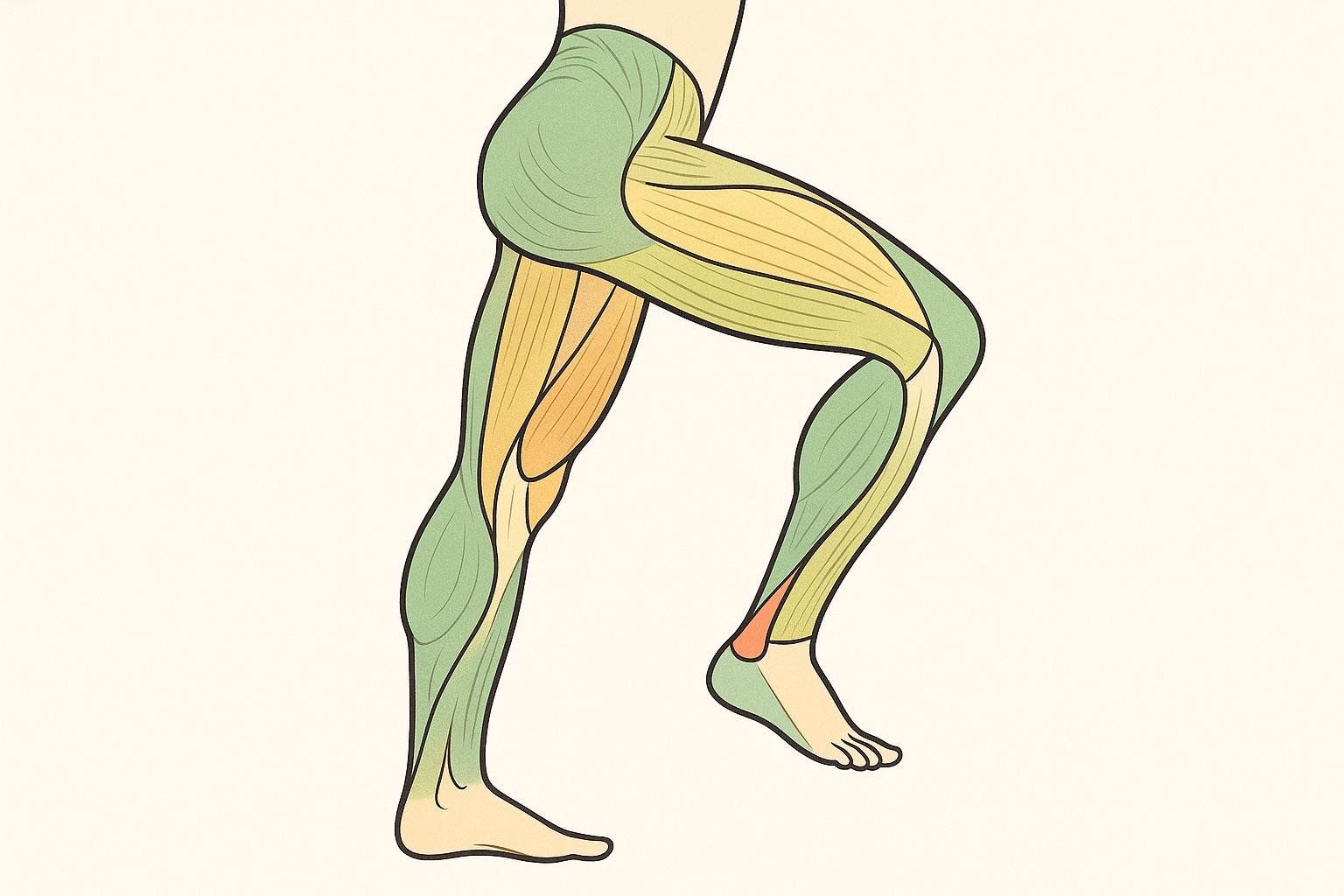
- Consistent cycling improves cardiorespiratory fitness and supports endurance. “Toning” typically means gaining or maintaining leg muscle (quads, hamstrings, glutes, calves) while reducing body fat. Cycling can build muscular endurance and some strength in these muscles; visible definition depends on overall fat loss from a calorie deficit and progressive training.
Is cycling safe for sore knees?
- Stationary cycling is often joint-friendly. Stay within pain-free ranges and consult a clinician for persistent symptoms.
Ready to pedal with purpose? Pick your track, press start, and schedule a baseline BodySpec scan to measure what matters most—fat, muscle, and visceral fat—so your bike time translates to real-world results.
